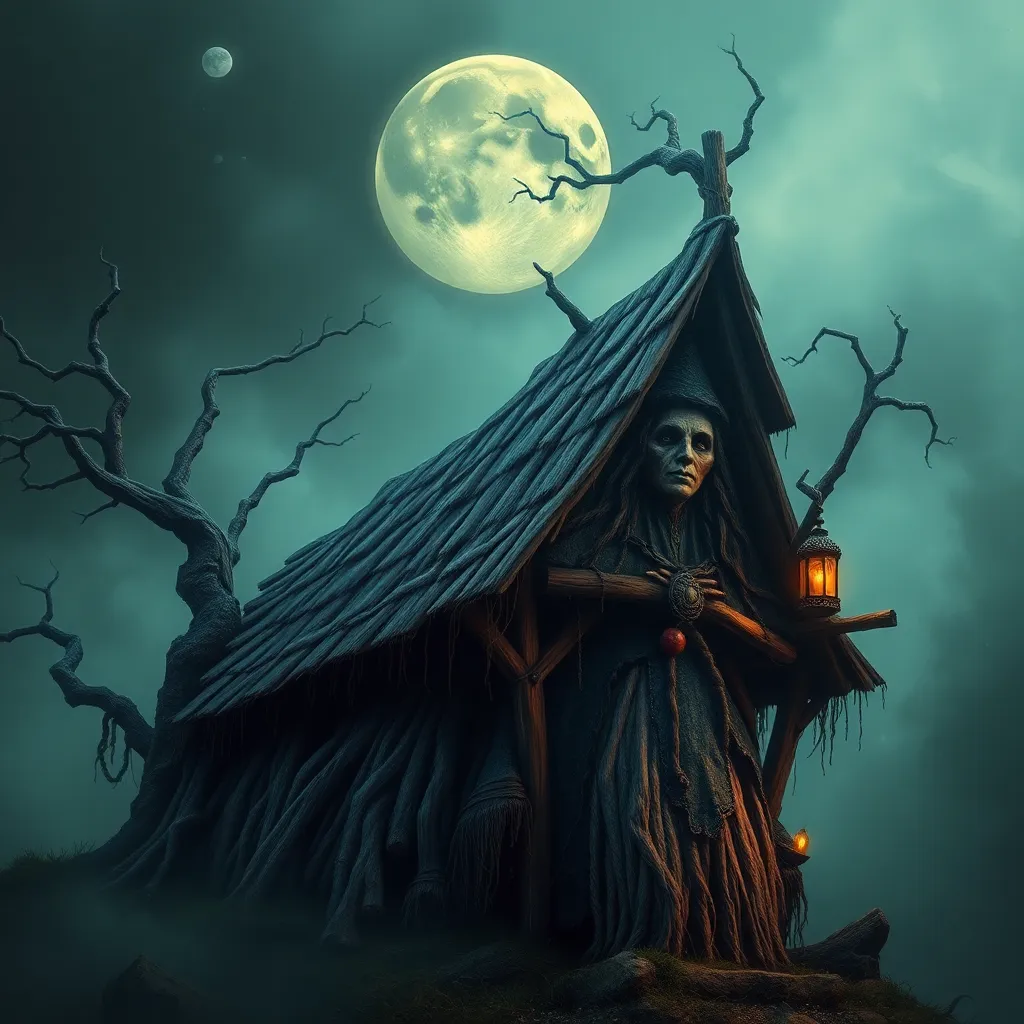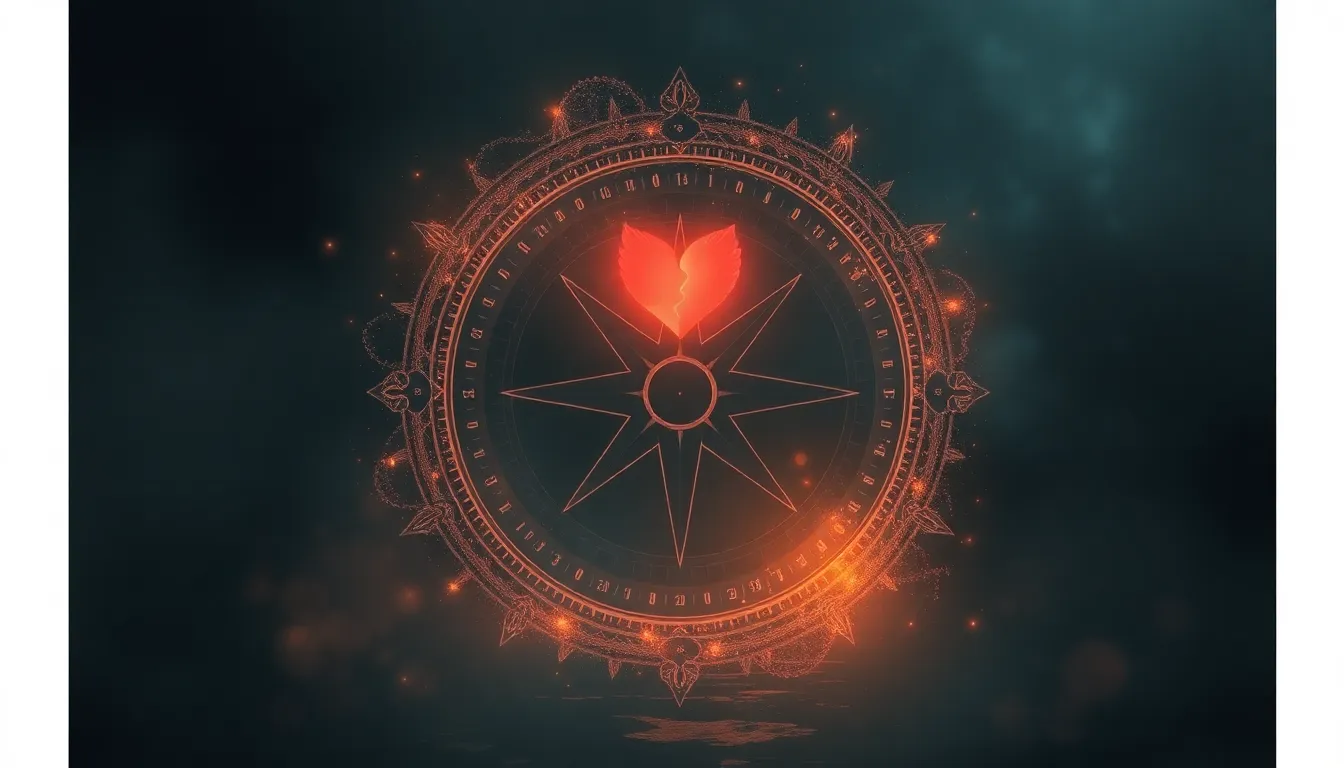Baba Yaga: Deities, Spirits, and the Origins of the Hag
I. Introduction
Baba Yaga is one of the most intriguing figures in Slavic folklore, often depicted as a fearsome old witch with a unique blend of characteristics that make her both a villain and a wise woman. Her presence in stories has captivated audiences for generations, serving as a cautionary tale and a source of wisdom.
As a cultural figure, Baba Yaga embodies the complexities of femininity, nature, and the duality of existence. She represents the forces of nature, both nurturing and destructive, and her stories have been passed down through oral traditions for centuries.
This article aims to explore the origins, characteristics, and significance of Baba Yaga, delving into the historical context of her legend, her attributes, her role in mythology, and her modern interpretations.
II. Historical Context of Baba Yaga
The myth of Baba Yaga has evolved over centuries, with early references dating back to the 18th century. Initially, she was portrayed as a malevolent figure, a bogeyman used to frighten children. However, as the tales grew in complexity, so did her character.
Folklore plays a crucial role in Slavic culture, serving as a means of preserving history, morals, and societal norms. Baba Yaga’s stories often reflect the values and fears of the communities that tell them.
When comparing Baba Yaga to other mythical figures, such as the Greek Hecate or the Celtic Morrigan, we see similarities in their representations of power, transformation, and the connection to the supernatural.
III. Baba Yaga’s Characteristics and Attributes
Baba Yaga is often described as an old woman with disheveled hair, sharp teeth, and a bony leg. Her appearance alone evokes fear, but her character is multifaceted.
- Physical Description: Commonly depicted as haggard and grotesque, she embodies the archetype of the crone.
- Symbols: One of the most striking symbols associated with her is her hut, which stands on chicken legs and can move around, symbolizing her connection to the natural and supernatural worlds.
Her duality is a significant aspect of her character; she can be a helper or a hindrance. In many tales, she offers guidance and wisdom to those who seek her out, while in others, she presents challenges that heroes must overcome.
IV. The Role of Baba Yaga in Slavic Mythology
Baba Yaga serves as a maternal figure and an archetype of the crone in Slavic mythology. She embodies the wisdom that comes with age, often guiding young heroes and heroines on their quests.
Her connection to nature is profound. She is often depicted as a guardian of the wilderness, a figure who understands the balance of life and death, reflecting the cyclical nature of existence.
Interactions with heroes and heroines in folklore often reveal her complex role. Some characters seek her out for aid, while others must confront her to prove their worth. This dynamic highlights the importance of courage and respect in the face of formidable challenges.
V. Baba Yaga and the Concept of the Hag
The hag archetype appears in various cultures, typically representing wisdom, fear, and the darker aspects of femininity. Baba Yaga is a quintessential hag, embodying both the nurturing and destructive qualities of this archetype.
What sets Baba Yaga apart is her ability to subvert the traditional hag narrative. While she is feared, she is also revered, embodying the complexities of womanhood and the power of the feminine.
This significance extends to women’s folklore, where the hag often represents empowerment. By embracing their own power and wisdom, women can challenge societal norms and expectations.
VI. Deities and Spirits Related to Baba Yaga
Baba Yaga’s character is deeply intertwined with other Slavic deities and spirits. For instance, she shares similarities with Mokosh, the goddess of fertility and the earth, highlighting the interconnectedness of their roles in nature and life.
Additionally, spirits like Vodyanoy, the water spirit, reflect the animistic beliefs that permeate Slavic culture. Baba Yaga’s character is shaped by these connections, emphasizing her role as a bridge between the human world and the spiritual realm.
The influence of animism and nature worship is evident in her stories, where she often interacts with animals and the elements, reinforcing her status as a powerful figure of nature.
VII. Modern Interpretations and Representations
In contemporary literature, film, and art, Baba Yaga has seen a resurgence of interest. Authors and filmmakers are reinterpreting her character, often portraying her in a more nuanced light.
- Literature: Modern novels and stories often explore her complexity, portraying her as a misunderstood figure rather than merely a villain.
- Film: In movies, she is often depicted as a powerful witch, sometimes serving as an ally to the protagonist.
This revival of folklore reflects societal changes and values, with an increasing focus on strong female characters and the reclamation of traditional stories. Baba Yaga’s enduring legacy continues to inspire new generations, serving as a symbol of resilience and empowerment.
VIII. Conclusion
In summary, Baba Yaga’s character is rich and multifaceted, rooted in historical and cultural contexts that reflect the values of Slavic society. Her dual nature as both a helper and a hindrance illustrates the complexities of human experience and the lessons embedded in folklore.
Her legacy in popular culture remains significant, resonating with contemporary audiences who find empowerment and wisdom in her story. As society continues to evolve, the relevance of Baba Yaga’s narratives persists, offering insights into the nature of femininity, power, and the human connection to the natural world.



